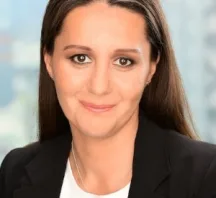Perennial launches new ETF



Perennial Value Management has announced the launch of its new exchange trade fund (ETF), the elnvest Income Generator Fund, aimed at providing investors with a tax-effective income stream.
The investment philosophy behind the new fund would be based on the Perennial Value Shares for Income Trust, which was launched in 2005 and generated an eight per cent per annum gross distribution yield after fees, the firm said.
The fund would be run by Stephen Bruce and a team comprising 15 investment professionals with an average of 16 years’ experience managing and analysing Australian shares.
It would be offered via a general offer and also through an initial public offering (IPO) which would open in the second quarter of the year and would seek to raise a minimum of $50 million and up to $250 million from investors in Australia and New Zealand.
Perennial’s managing director, John Murray said the fund would invest in a portfolio of 30-35 equality Australian shares which was believed to “have the ability to both pay an attractive level of dividend income and grow in value over the long-term.”
“We are aiming to provide investors with an attractive, tax efficient income stream, greater than that offered by alternatives such as term deposits and fixed income and the overall stock market. The portfolio is initially aiming to target a seven per cent per annum dividend yield including franking credits and after fees,” he said.
Recommended for you
Magellan fund manager Arvid Streimann has resigned after an investigation into allegations he had a workplace relationship with a junior employee.
Clime Investment Management has sold a portion of its retail client book to an external financial planning practice for $1.6 million in its latest cost-out move.
In his inaugural address as L1 Group chief executive, Julian Russell has outlined his vision and priorities for the newly-merged $16.7 billion business but warned fund outflows will continue for 18 months.
Ten Cap has announced it will launch its first active ETF on the ASX later this month, expanding retail access to its flagship Australian equities strategy.












